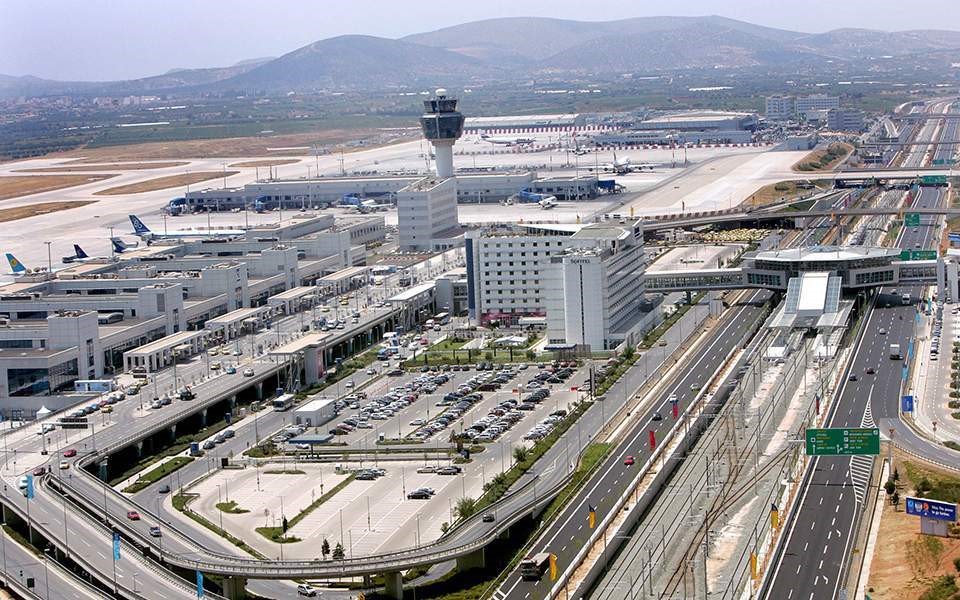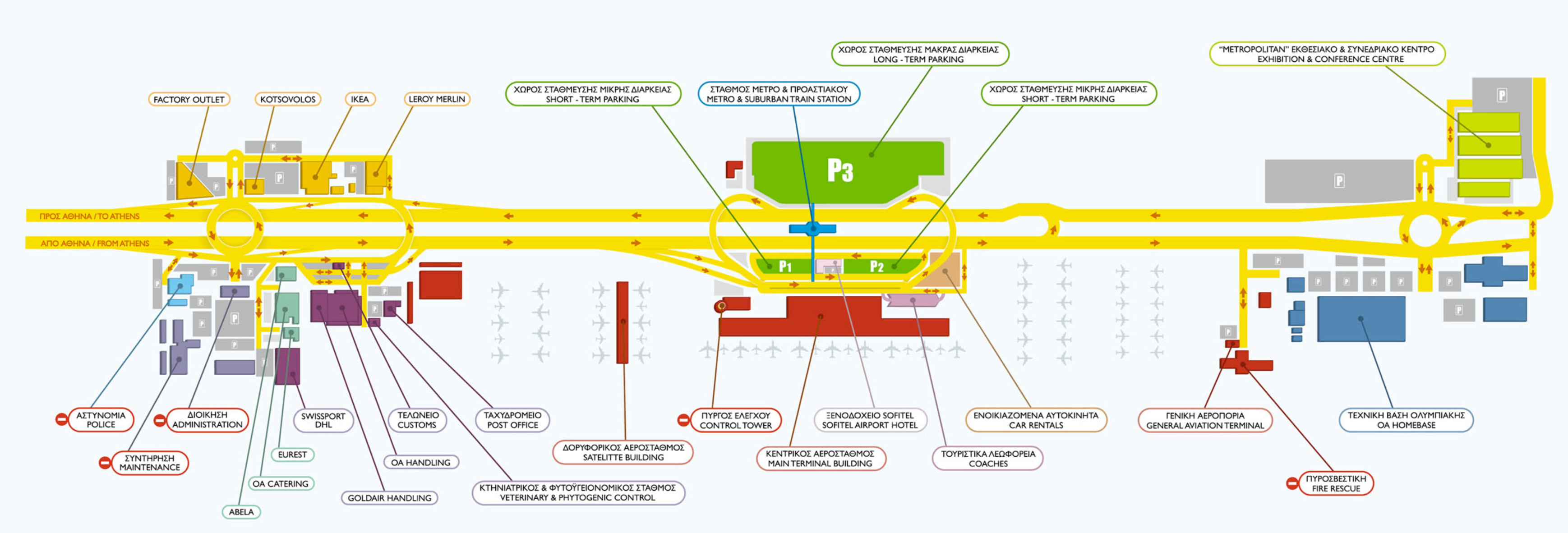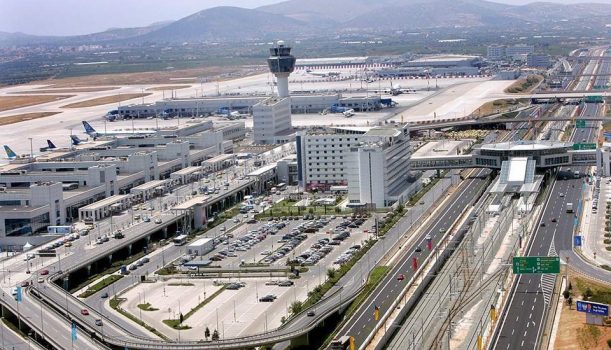Athens International Airport (AIA) is the largest International Airport in Greece and the second largest in South-eastern Europe handling more than 25 million passengers and more than 230 thousand flights per year. AIA is an Airport city (Aerotropolis) hosting more than 370 companies with more than 16.000 employees servicing approx. 100.000 passengers and 800 flights per day during peak periods.

AIA covers a vast area of more the 10 Sq. Km. and comprises from a vast infrastructure of runways and taxiways, buildings, roads, train & metro infrastructure. The building infrastructure comprises of more than 40 buildings, serving the airport operation, commercial activities and ground transportation needs to and from the airport. More respectively there are buildings such as the Airport terminal buildings, catering and cargo buildings, train station, more than 7.000 car parking positions, a hotel, the largest exposition centre in South-eastern Europe, a large commercial park that hosts megastores such as IKEA, etc.

The company of AIA has been awarded its license as an Airport operator of Greece’s main getaway from the Greek state, under the obligation of operating the airport in a safe, secure, responsible and efficient manner that endorses the country’s reputation as one of the world’s most important tourist destinations. The company running AIA must ensure the safety, security and an enhanced positive passenger experience for those passengers, making AIA as their airport of choice and using it for their business and leisure air transportation needs.
On the other side, AIA is also committed to its business partners (Airlines, Ground Handlers, Cargo Catering Fuel, and concessionaire companies), regulatory authorities (Civil Aviation Authority) and its stake holders for an efficient, safe and secure business environment that will promote the Aviation related operations in Athens Airport.
The airport business model consists of two main elements: a) the aeronautical activities, where airline and airport processes – required for the handling and travel of passengers, baggage and cargo – take place, and b) non-aeronautical ones, where all other commercial activities that are either required (e.g. car park, food and beverage etc.) or compliment the Airport offering (e.g. Airport lounges, concessionaires, retail parks, expo centres etc.).
Technology has a pivotal role, both for the optimization of the aeronautical processes and the creation of innovative products and services for the non-aeronautical area. This is more evident when it comes to the orchestration of activities and content between multiple airport stakeholders and the creation of state-of-the-art services that enhance passenger experience. The unique characteristics and pioneering capabilities of 5G mobile networks are seen by many as enablers for a new round of innovative technological solutions that will further enable the digital transformation of airports.
Through its participation in 5G-TOURS project, AIA aims to seize this opportunity to gain knowledge on 5G technology and test a set of selected mobility solutions to attest the value 5G mobile networks can bring to airports and to the aviation industry.
The mobility solutions that are developed within the context of the transportation sector, during this project, are the following:
- a solution to gather the required information and early detection of alarming events raised at the Airport and convey this information to the authorities responsible for the decision-making.
- a solution that will enable the airport’s car parking users to quickly identify a suitable parking place, saving time and energy, reducing emissions and increasing passenger satisfaction.
- a solution with live video feed scenario from multiple mobile Airport vehicles that result in a dramatic increase of the situational awareness of the stakeholders responsible for the running of the Airport operation.
- a solution that will enable streaming of online content that can be utilized to generate good quality digital learning experiences during the transportation of mobile users.
The potential of new business opportunities, that the introduction of the 5G mobile networks will bring, is significant and the business landscape is still under formulation as more and more features are turning from concept to reality, with the new versions of the 5G standards that are being released. The new business models emerging, foster synergies between content providers, service providers and 5G mobile network operators.
For the aviation vertical sector, the business opportunities are focused both on the aeronautical activities and more specifically on the operational excellence area and the non-aeronautical activities on the areas of eXtended Reality, commercial and marketing campaigns, multimedia content delivery etc.


